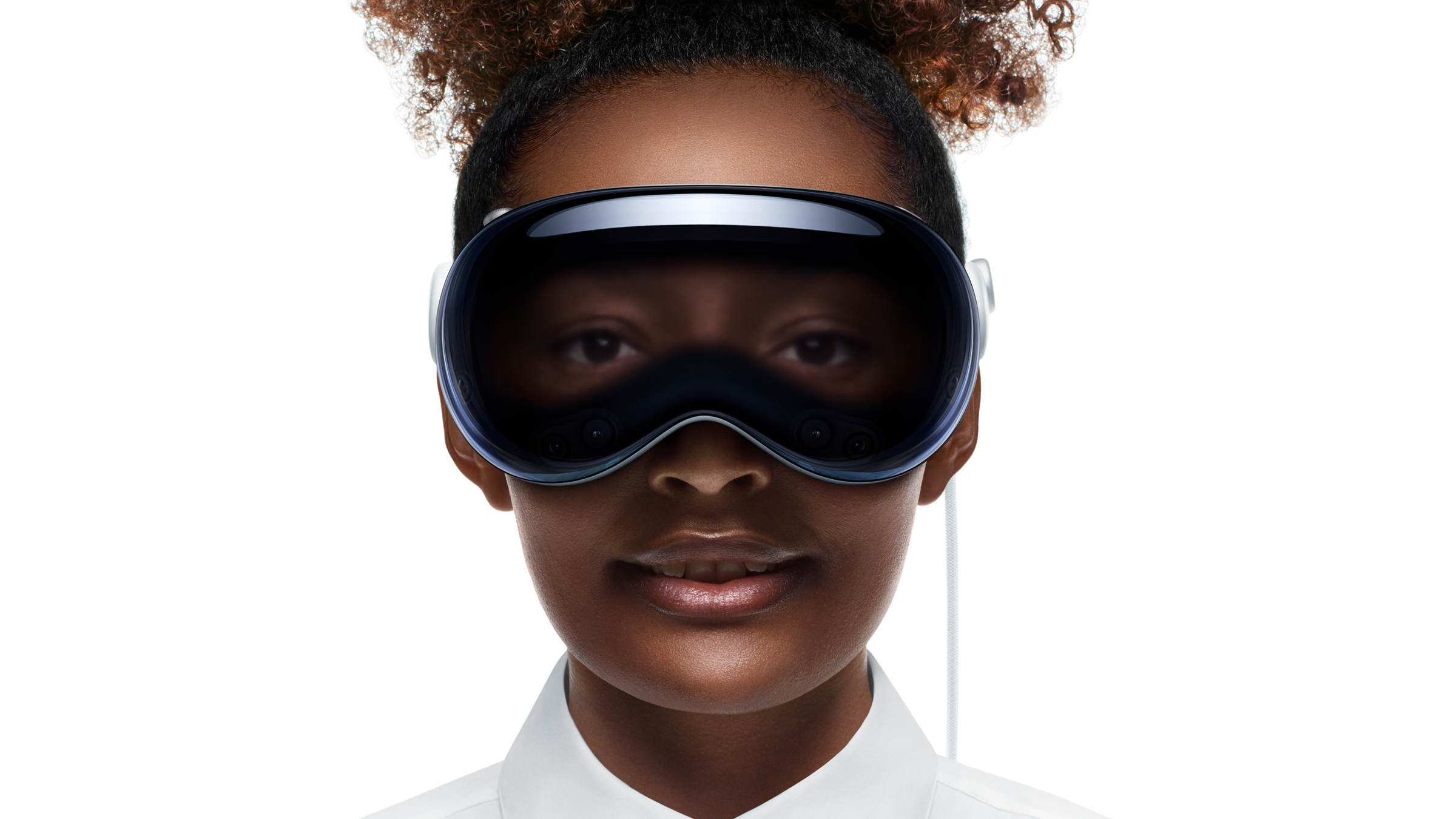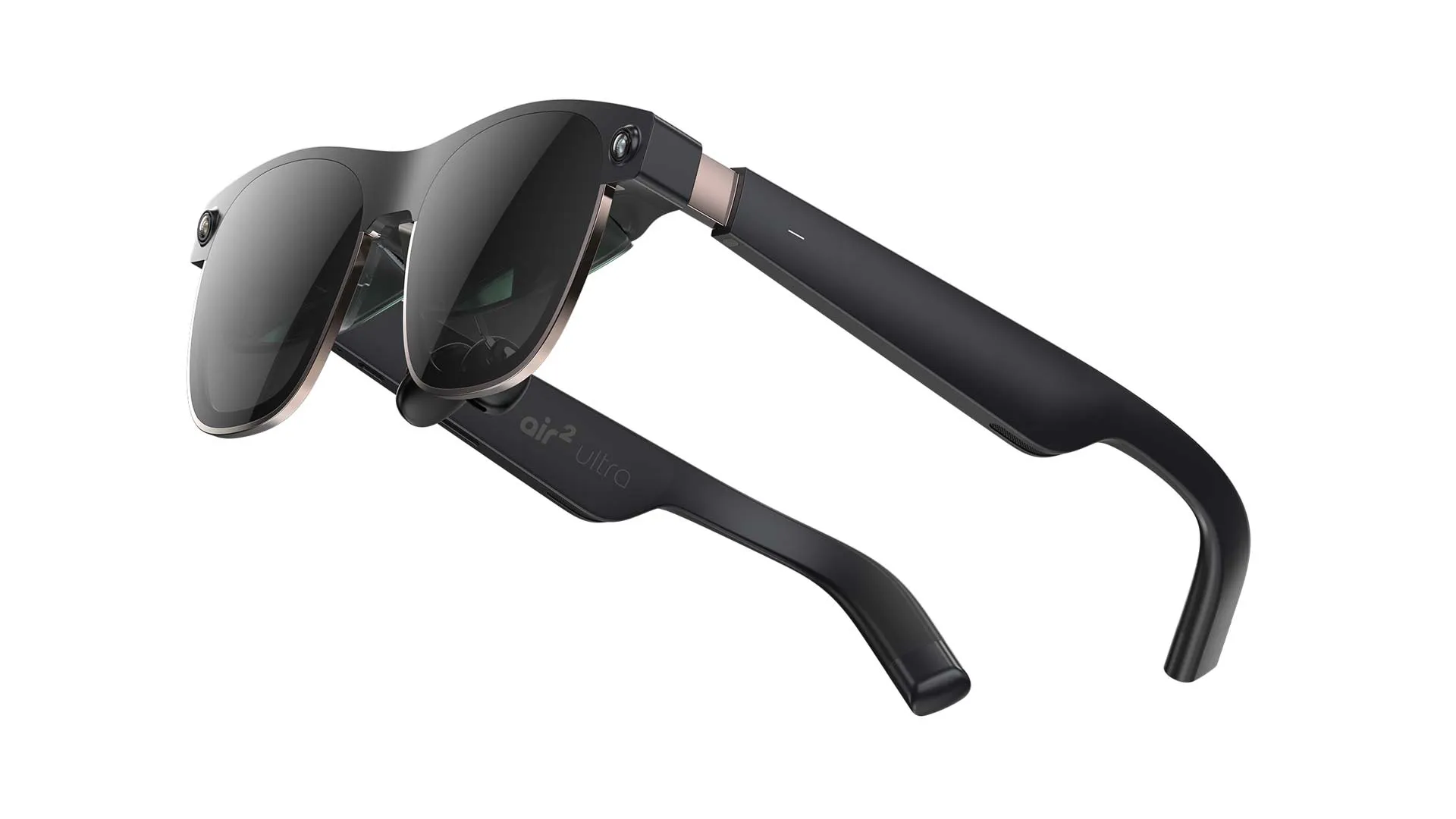Originally published on 28 December 2024
This year we co-founded an augmented reality company, @meshmapxyz.
When we were fundraising last summer, the most common question investors asked me was whether it was too early.
The deeper I went into XR, the more convinced I became that this is actually the best possible time to build. The hardware is finally good enough to experiment with, the roadmaps are clearer, and the ecosystem is taking shape.
Here are our key learnings from 2024.
This was a breakthrough year for AR and mixed reality devices:
Each device still has serious limitations, but collectively they offer a clear glimpse of the future.

Apple’s Vision Pro stirred perhaps more mainstream interest in spatial computing than anything before it, despite being more of a developer device.
Its biggest contributions will be delivering a slick spatial UX, high-end spatial video, and the best “portable cinema” experience I've ever seen. Watching a movie feels comparable to being in a theater.
Compared to the Quest, it prioritized completely different use cases and content, which hopefully expands the market.
Its limitations are being too heavy, expensive, and not built for outdoor or all-day use. It’s a premium VR headset with passthrough, rather than true AR.
Still, I believe it will be remembered as a pioneering XR device because of its eye-tracking/gesture UX, portable screen concept, and immersive media content. Most importantly, it shows Apple’s long-term commitment to this space.

Despite new competition, Meta continued its leadership position in the space.
The Quest 3 / 3S sold well, offered solid passthrough MR, and became a playground for mixed reality apps.
The Ray-Bans have continued to exceed expectations. While they don't have a screen, they demonstrate that just having speakers, a frictionless camera, and AI is enough to make it a daily device.
Not including a second camera for spatial video feels like a big miss, but otherwise its a terrific device at a great price point. They are comfortable, stylish, and transition lenses make all day indoor/outdoor use possible.

Orion is the only device on this list that I didn't use, so I unfortunately can't offer personal experience. But everyone that did try them raved about the bright display, comfort, and overall UX. However, due to the cost, this is not going to be a consumer device and will be considerably reworked before shipping at scale.
Meta’s roadmap is now visible: Quests for today and VR, Ray-Bans as a lightweight bridge, and Orion as the future. They’re well-positioned to be one of the winners in the race to build the next computing platform.

After shelving earlier attempts in the space (Google Glass and Daydream), Google is now trying to re-enter the market.
This fall, they announced an optics partnership with Magic Leap, and AndroidXR in partnership with Samsung. Nothing has shipped yet from these projects, but Google is clearly ready to invest to avoid ceding the XR OS and App Store market to Meta and Apple.
One obvious move would be to acquire Magic Leap outright. They are already investors and actively engaged in a partnership. I suspect they are just trying to agree on price as they onboard teams to the Magic Leap tech.

Among these big tech companies, Snap is a smaller player but surprisingly far ahead in some areas.
The new Spectacles shipped as a developer subscription to onboard early creators. They are fully standalone, have a very bright screen, and are relatively compact.
Though, the Spectacles are limited by a very narrow 46 degree field of view, short battery life, and an industrial design that is a bit clunky and uncomfortable.
Despite the hardware limitations, the consumer and developer UX are excellent. In many ways the current Spectacles feel like the successor to the Magic Leap 1 in terms of offering polished consumer apps and experiences.
The Spectacles shipped with some interesting concepts: Peridot digital pets from Niantic, multiplayer co-creation with AI generated objects, a Beat Saber-like boxing game, and a mixed reality golf game that lets you hit balls through a portal.
Perhaps most importantly, Snap's Lens Studio development tool has an active community and many teams experimenting. Most of the apps I've seen so far have been simple mixed reality apps that could also have been implemented on the Quest 3, but the potential is there to do something more ambitious.

Finally, there is XREAL which shipped the Air 2 Ultra, a 6DOF version of their popular AR glasses.
XREAL has taken a different path than the others. They are a Chinese company with design teams closer to factories and with more rapid product cycles.
They first entered the market with the 6DOF Light which shipped in 2020/2021 after some production delays. They then pivoted their focus to the second screen use case and sold millions of the XREAL Air, which tethered to smart phones and lacked true AR features.
The Air 2 Ultra was a return to 6DOF and full AR with a 52 degree field of view. Though, it uses cheaper bird bath optics compared to the waveguides used in Snap, Meta, and Magic Leap glasses. The screen resolution and brightness are still quite good, and they have a simple dimmer that enables outdoor use.
They paired it with the Beam Pro, a computing device that keeps the glasses compact and comfortable to wear, while also providing a controller and spatial video cameras.
XREAL finished the year by announcing the One/One Pro, which has a 57 degree FOV and their own custom chipset. It is only a 3DOF device, but at the rate they ship, a new 6DOF device will probably be announced within a year.
They’ve proven they can ship fast, sell at scale, and keep iterating.

Despite all the new devices that shipped or announced this year, I still think that the best device for building an AR experience today is the Magic Leap 2.
It first shipped in 2022 yet offers a 70 degree FOV, bright display with dimming for outdoor use, and a separate compute pack that reduces the size and weight of the glasses.
We built two large outdoor experiences for the ML2 this year. Playtesters who were brand-new to AR found it easy and fun to use.
Unfortunately, Magic Leap is now fully focused on the enterprise use case and has not put much effort (at least publicly) into exploring consumer AR. They had a massive head start in the space, but now seem to be relying on the Google partnership to ship a next generation.
After testing just about every AR device on the market, two things are clear:
1. None of today’s devices are ready for all-day, indoor/outdoor, mass-scale consumer AR.
2. The specs for mass-scale consumer AR are now obvious, and with the number of companies working at it, there should be at least 2–3 compelling devices within the next ~3 years.
That’s why this is a great time to build. The hardware is good enough to experiment with and the roadmaps are clearer than ever.
The market opportunity is massive. A big bet we are making is that AR is a bigger market and will scale faster than VR. It has the potential to be the successor to the smartphone for many use cases for billions of people.
Meta clearly sees this too—hence their ramping investment in AR.
If you’re interested in how this space evolves, follow @meshmapxyz for updates.